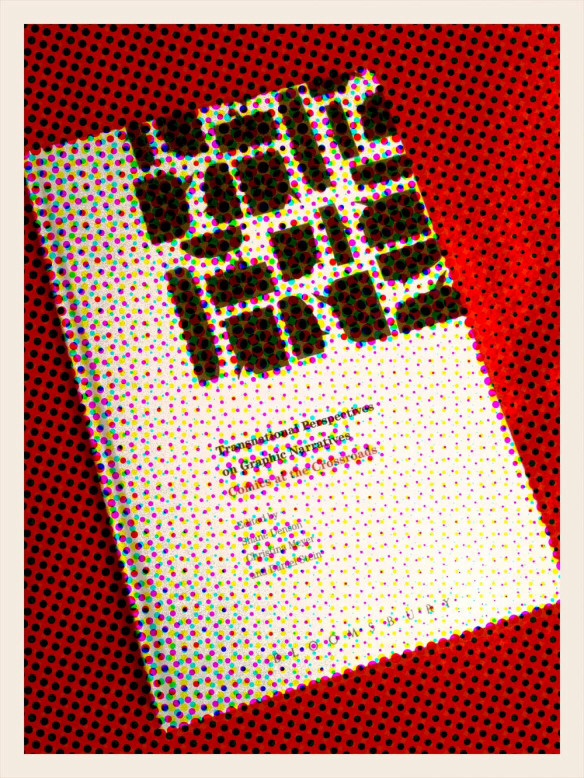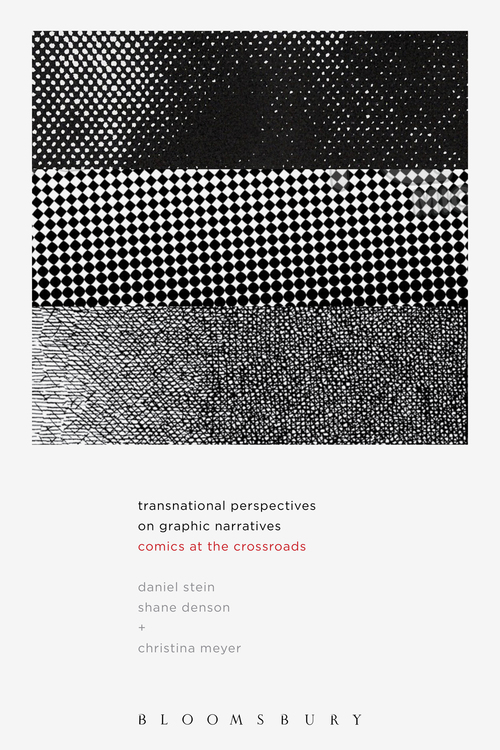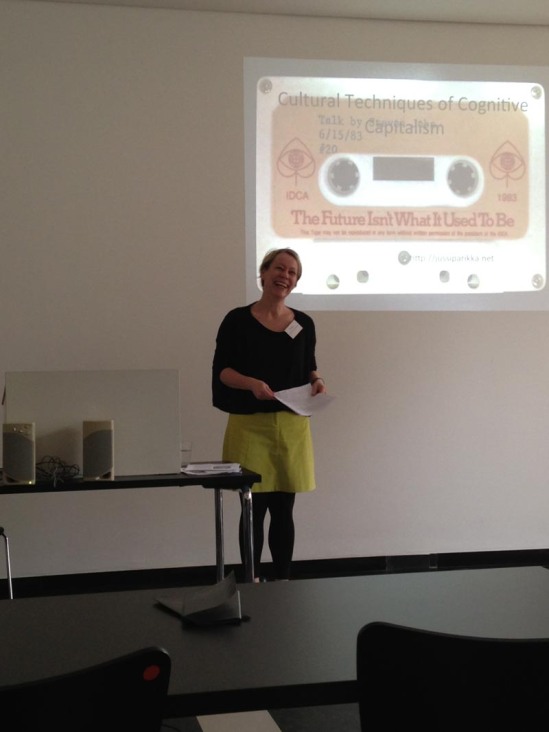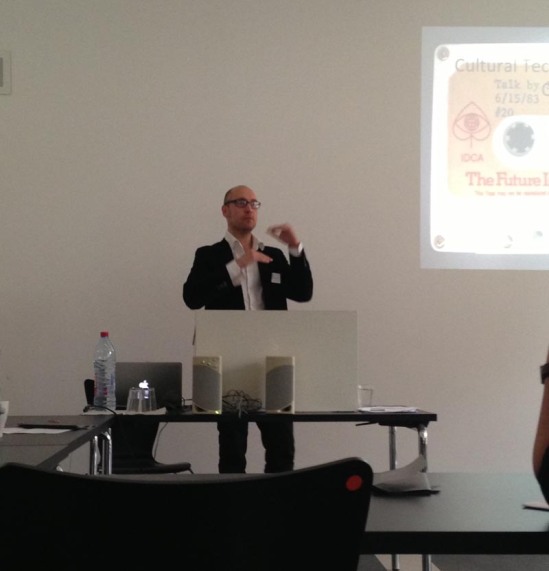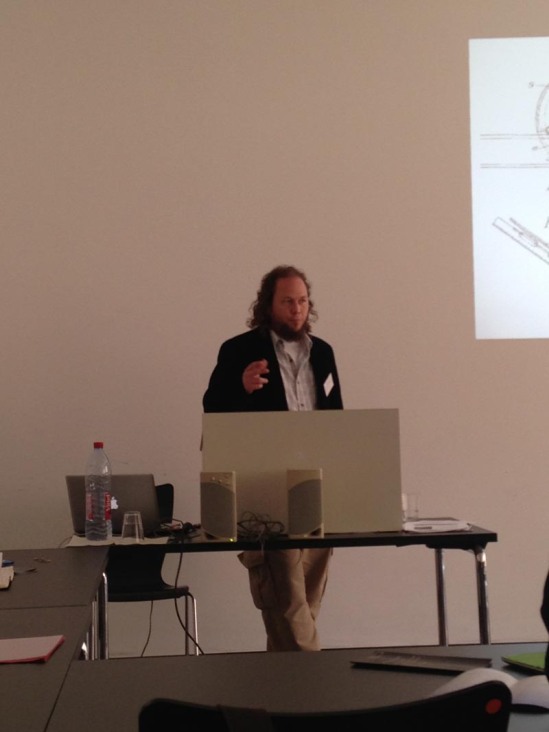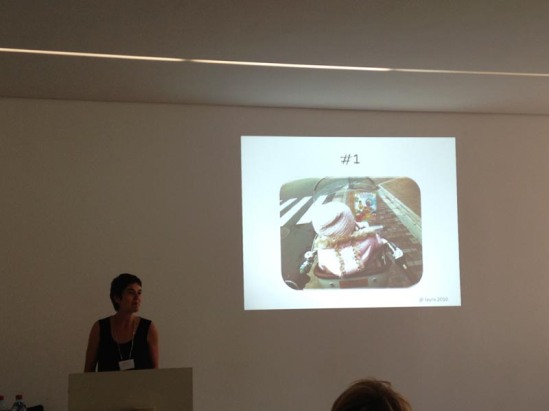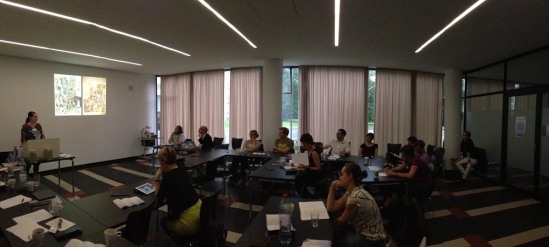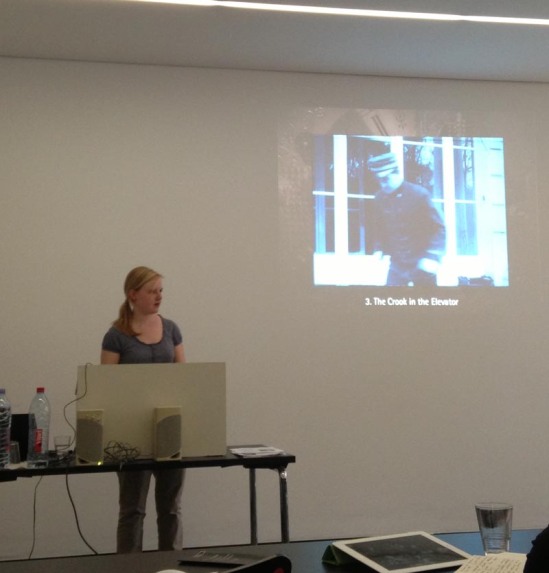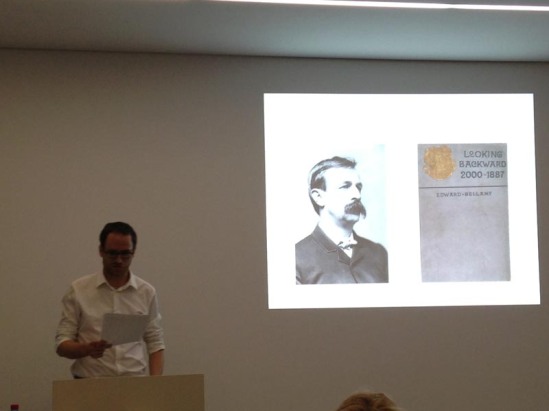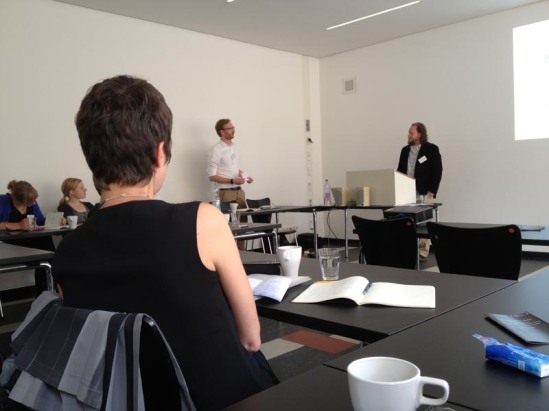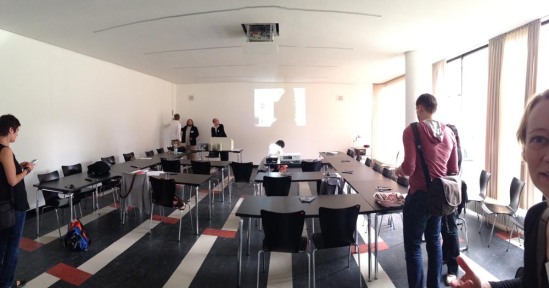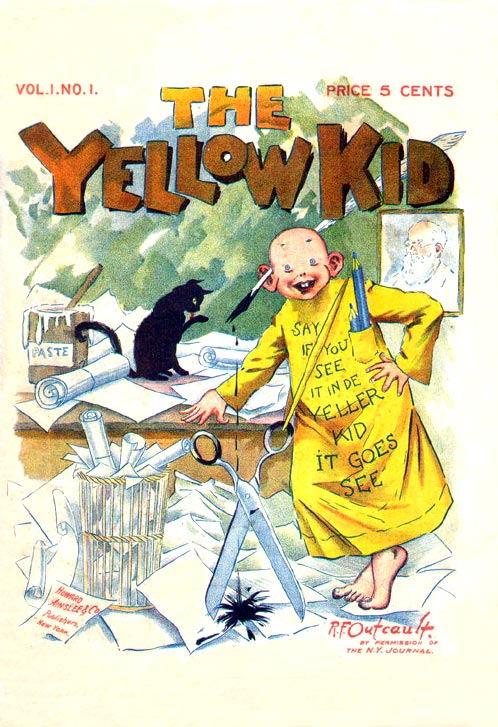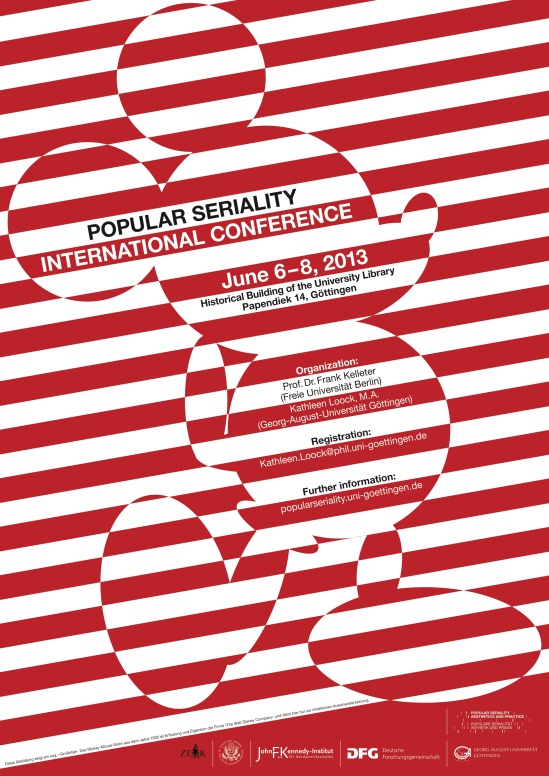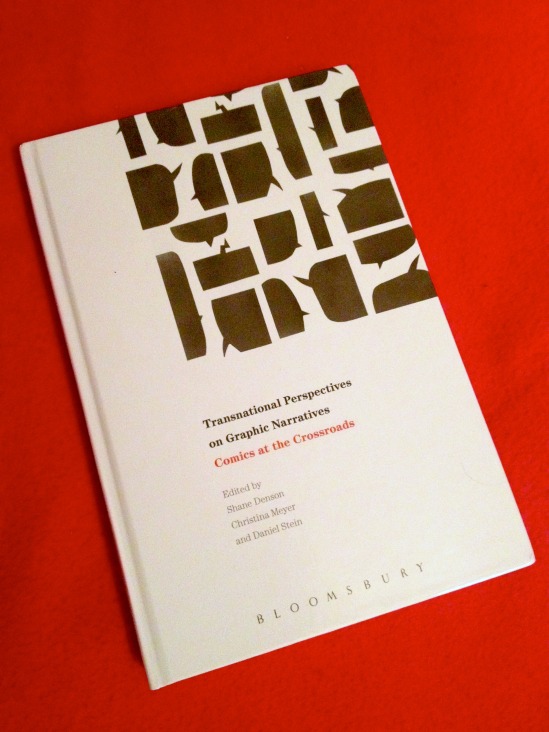
This past week, I found my copy of Transnational Perspectives on Graphic Narratives: Comics at the Crossroads (edited by me, Christina Meyer, and Daniel Stein) in my university mailbox — hot off the presses, I’m told, and ahead of schedule!
Interestingly, both amazon.co.uk and amazon.de list the book’s date of publication as March 23, while it appears that they both began shipping the book ahead of that; on the other hand, amazon.com and even the publisher Bloomsbury are listing the book as appearing a full two months later, on May 23, though both sites are accepting (pre-)orders and are sure to begin shipping much before then.
In any case, I can confirm that the book does in fact exist! And it’s nice to finally see all the contributions in physical form. For the time being, however, the only physical form available is a relatively expensive hardback, but a more affordable paperback will be on its way, pending sales — so please ask your library to purchase a copy!
And, in the meantime, you can get a free digital preview on Google Books, or you can order the full e-book version for about $24 from the publisher or about €16 from the Google play shop. (Please leave me a comment if you see it anywhere for cheaper.)
Anyway, we are very pleased with the book and with the high-quality contributions we received for it, and we hope it will find an interested readership at the intersections of comics studies, cultural and media studies, and transnational American studies!



